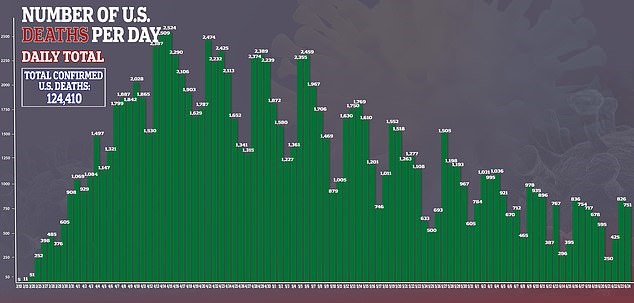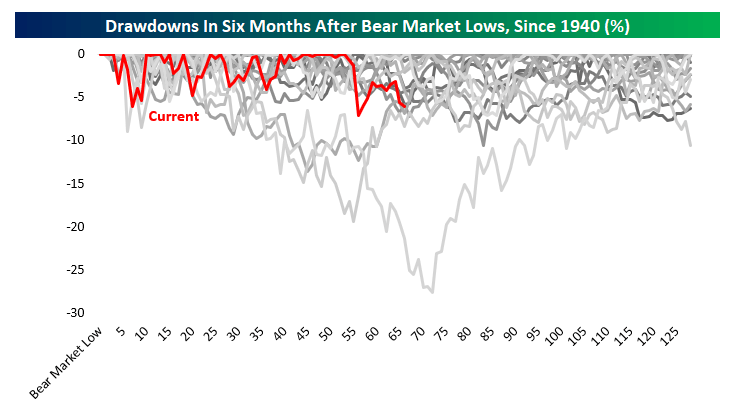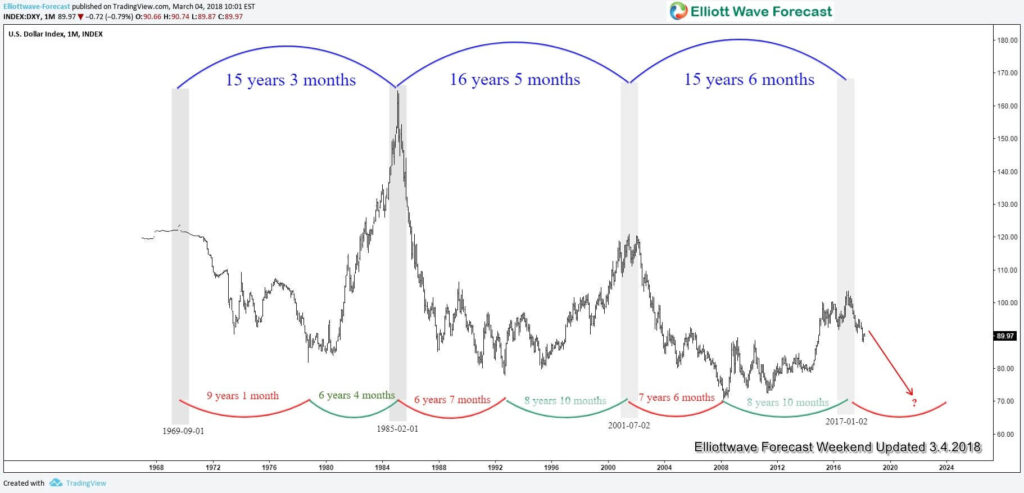The Full Story:
Rising case counts in the US have offered traders a selling excuse and an opportunity for the market to consolidate recent gains. Overall, the major indices gained around 20% in the second quarter as investors reconsidered panicking in the first quarter. We do not think one quarter at a time and do not see any reasons for a major pullback here despite the rise in case counts. In fact, to assess our progress on COVID, we tend to focus on fatality levels rather than case levels. Case data depends on testing volumes, locations, demographics, accuracy, etc. Fatality numbers (perhaps skewed by cause overlaps) offer a purer view without myriad distortions.
First the Case Data:

Rising case counts, Sell!
Now the Death Data:

Falling death counts, Buy!
Neither of these measures will determine market value 12 to 18 months from now as mitigation efforts, herd immunity and vaccines gain advantage. But for now, daily direction will yield to COVID news flow as the markets pour a new foundation.
Bear markets Bad, Bull market Pullbacks Good!
Pullbacks are a necessary component of a successful advance. They lower sentiment, tempt cash holders and offer fundamentals a moment to catch up. Just to provide a visual for confirmation, Bespoke studied new bull markets back to 1940 and measured depth and frequency of “drawdowns” (5-10% drops from recent highs). It’s a messy chart, but other than the one 25% pullback in the group, each of the other baby bulls remained within 15% of recent highs over their first 6 months.

Even after this current 8% pullback from the June 8th highs, large cap stocks remain 32% above their March lows while small cap stocks remain 43% above. A revisit of March levels would require a dramatic escalation from investor concern back to investor panic. Even with COVID case levels growing at the fastest rate in the US to date, the closely followed “Fear Gauge” or VIX index sits 50 points below its March high. Panic fuels bear markets. Concern fuels pullbacks. Current concerns are warranted, and this current pullback is a welcome sign of a healthy baby bull.
Don’t Miss This Turn
The single most important financial security on the planet is the US dollar. I will not bore you today with why, but in shorthand, 80% percent of all global transactions are settled in US dollars. Movements in the dollar have profound impacts on asset prices, with meaningful changes in direction occurring rather infrequently. Since the US abandoned the gold standard in 1971, there have been three major cycles and six directional changes.

It’s a clumsy chart to read and a little dated, but it clearly reveals that dollar cycles to date last about 15 to 16 years on average, with directional legs lasting about 7-8 years. The most recent peak for the US dollar occurred in December of 2016, and while the dollar surged in March amidst the COVID panic, it technically remains in a downtrend. To provide some context on how significant directional changes are for US based investors, consider the returns for US vs international equities over the last three trend periods:

While US stocks have shed 1% in June so far, European stocks have gained 3% and emerging market stocks have gained nearly 7%. Why? Because economic data worldwide exceeded expectations and the dollar moved decidedly lower, ending the month down nearly 1%. If the COVID end-cycle reinstates the dollar down-cycle started December of 2016, US investors may need to start venturing offshore for returns.


